The fourth season of the hit series has started on Netflix. Why so many people yearn back to a monster-ridden 1980s small town.

After the first season was mainly cast with male and white actors, “Stranger Things” now shows more diversity
Around 30 million dollars per episode: That's how much the streaming platform Netflix is said to have spent on the production of the fourth season of “Stranger Things”. Since the 27. The first seven episodes of the new season can be seen on Netflix on May 15, and the total production costs are said to be an incredible $ 270 million, according to the Wall Street Journal. The series is one of the flagships of the US streaming platform Netflix and captivates a worldwide audience.
“Stranger Things” takes place in the 1980s: In the small town of Hawkins, a little boy named Will disappears. His friends try to find him again – and learn that Will has been kidnapped by monsters in a parallel world. Together with a girl with supernatural powers and with the help of older siblings and adults, they put the monsters to flight.
This is the “Stranger Things” principle, which was repeated faithfully over the following seasons. The children got older, the monsters bigger, but the horror, the humor and the relationship drama were reliable, whether in friendship or first love.
Watch the video 01:29
When binge-watching is unhealthy – and when not
Also: the nostalgia. Each season guarantees a return to a lovingly recreated 1980s small town in the United States. Season 4 is no exception: in the first scene, the camera follows a small white boy who is delivering newspapers on his bicycle. He cycles through an affluent neighborhood with well-kept single-family homes, long driveways and neatly mowed lawns. Jogger greets the newsboy, there's a big car in every driveway, all is right with the world.
A celebration of nostalgia
Many critics see the recipe for success of “Stranger Things” in the scene. “The wave of nostalgia for the 1980s began even before 'Stranger Things',” says Joachim Friedmann, professor for serial storytelling at the International Film School in Cologne. As early as 2009, series were sold from the point of view that they would serve a nostalgia for the 1980s. “These waves always start when the teenagers from back then get to the switching points and as adults can decide what series are made now become”, explains Friedmann.
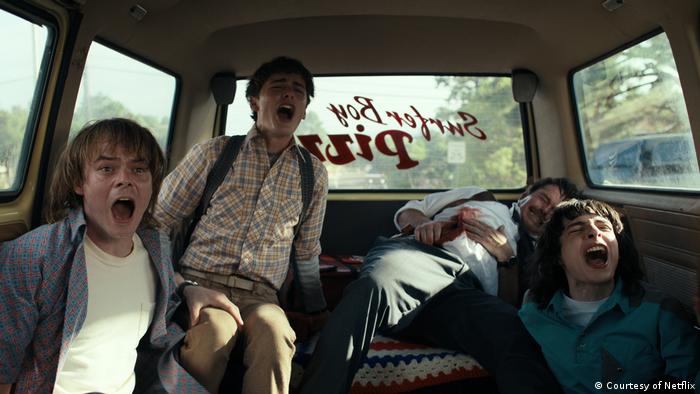
The actors Charlie Heaton (l. ), Noah Schnapp (second from left) and Finn Wolfhard (right) back to “Stranger Things”
“Stranger Things” openly draws on cult works from the 1980s, including the horror film “A Nightmare on Elm Street” starring villain Freddy Krueger (1984), the horror comedy “Ghostbusters” (1984) and Stephen King's creepy coming-of-age story “It” (“It”) – the first film adaptation was only released in 1990, but the novel was released in 1986. Also the music of the 1980s and their aesthetics are revived for the series, as are the hairstyles, fashions, and gadgets of the time.
“It's the 'I feel young again' phenomenon,” says Friedmann. “But beyond that, the 1980s were also the last clearly defined decade in western pop culture. Politically, the classifications during the Cold War were still clear: here East, there West, here good, there bad. And there was, for example, in Germany in the Basically just a music show, many listened to the same thing, watched the same thing, although of course there were subcultures.”
Because of their relatively uniform pop culture, the 1980s would be a nostalgic setting, Friedmann explains. “That gives orientation. The feeling is: 'The world was still fine back then'.”
The 1980s: A decade of uncertainty
Of course, the 1980s were anything but carefree: mass unemployment and the economic crisis marked the beginning of the decade, and the political environmental movement also emerged in this decade. Fear of large-scale forest dieback spread, 1986 also saw the nuclear disaster in Chernobyl and in the same year the “Challenger” space shuttle crashed before the eyes of the world public.
Watch video 01: 59
Remember and warn: Chernobyl accident 36 years ago
Therefore, historian Angela Siebold describes the 1980s in an article for the Federal Agency for Civic Education as “time of great economic, military or ecological threats, which often appeared diffuse and at the same time inescapable and thereby fueled fears”.
Friedmann confirms this in an interview: “As a contemporary witness, I can say: Of course, nothing was okay at the time. We were constantly afraid of nuclear war. But there was a great deal of clarity.”
These fears are expressed in “Stranger Things” as in the horror movies and novels of the 1980s. They appear in the form of life-threatening monsters that can often be seen and defeated primarily by children – and usually mostly by boys.
That's what makes “Stranger Things” so appealing: the desire to return to a lost but clutter-free childhood, where you could still see and defeat evil in the form of monsters under the bed, rather than yourself as an adult having to deal with ambivalences, routines and structural problems such as the climate crisis, the threat of nuclear weapons and energy or ever-increasing global inequality.
You like to turn on the TV for – and for more than just one evening: The fourth season of “Stranger Things” runs for more than 13 hours, almost four of which are in the last two episodes, which Netflix only releases on January 1st . July 2022.
This may seem unusually long, but it is not surprising. It's not just the never-ending nostalgic longing that plays an important role here. According to Friedmann, television is already moving in a narrative tradition that has long stories to offer, sometimes even potentially endless ones. “A story is essentially a report about a solution to a problem. The series assumes that the problem cannot be solved – and is therefore often much closer to life, which constantly confronts us with problems.”
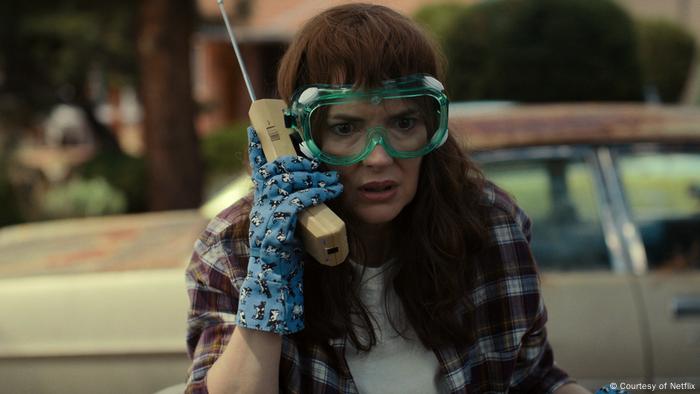
Winona Ryder plays Joyce Byers, Will's mother, in the Netflix series Stranger Things
The desire of people of all ages for long, epic stories full of adventure, love and danger is nothing new and not tied to any particular era in human history. Even in ancient times, bards told stories that lasted several days, such as Homer's “Iliad” or the “Odyssey”, in which the monsters just cavort. So there must have been an audience back then, too, returning for several hours night after night to hear how the battle against the monsters continues.
Streaming platforms like Netflix have elevated this form of long, closed storytelling to the premier class, especially because they don't have to stick to advertising slots and broadcast times like linear television.

Share the excitement: A romance could develop between Jim Hopper (David Harbour, center) and Joyce Bryce (played by cult actress Winona Ryder)
Just a little creepy
“Stranger Things” simply makes it particularly exciting – and pairs it with likeable outsiders as the main characters, so-called nerds, who have long since dominated entire sectors of the economy, and the longing for a more manageable, lost world, the world of childhood, which Of course, there never was.
Because the problems that many people in Europe and North America were aware of in the 1980s are still as relevant today as they were then. Whether rising temperatures, growing global poverty or the war in Ukraine: For 13 hours, the audience of “Stranger Things” can leave all their fears behind to the synthesizer sounds of the 1980s, about the love life of likeable boys and girls get scared and just get a little scared.
The fourth season of “Stranger Things” was released on May 27, 2022 on Netflix. The final two episodes will be released on July 1, 2022.


 Our top 80s cult flicks
Our top 80s cult flicks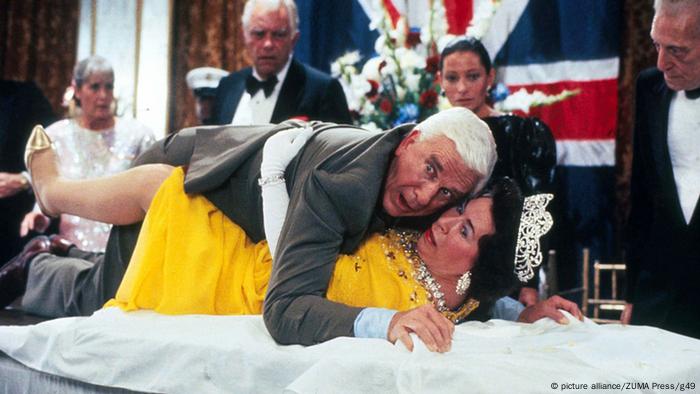 Our top cult strips from the 80s
Our top cult strips from the 80s Our top cult films from the 80s
Our top cult films from the 80s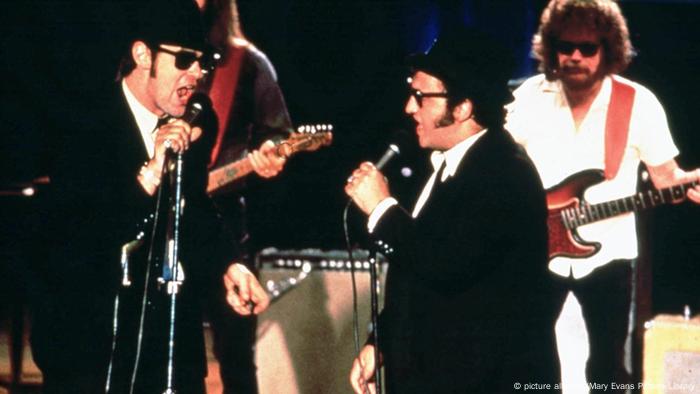 Our top cult 80s flicks
Our top cult 80s flicks Our top cult strips from the 80s
Our top cult strips from the 80s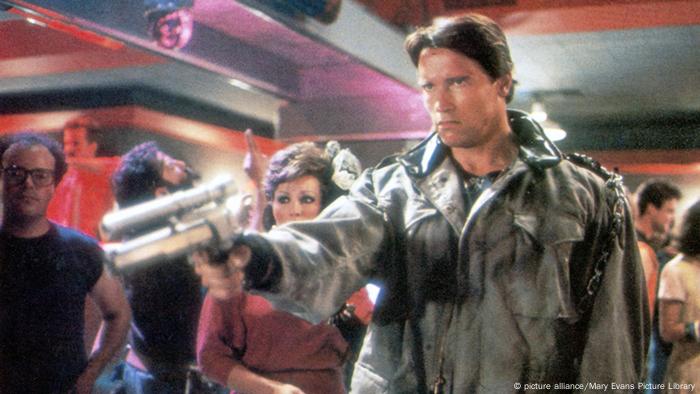 Our top -cult strip of the 80s
Our top -cult strip of the 80s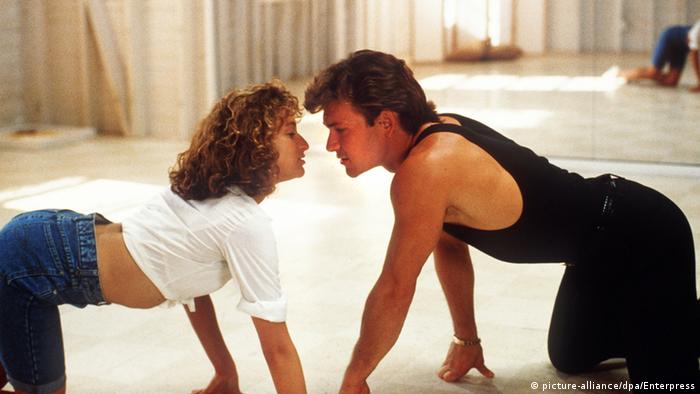 Our top cult flicks from the 80s
Our top cult flicks from the 80s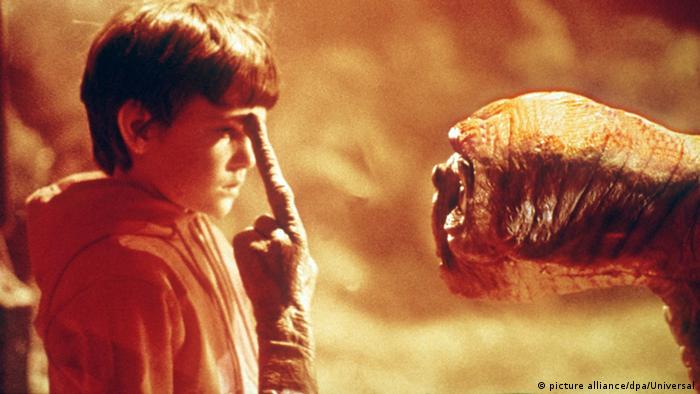 Our top cult strips from the 80s
Our top cult strips from the 80s Our top 80s cult flick
Our top 80s cult flick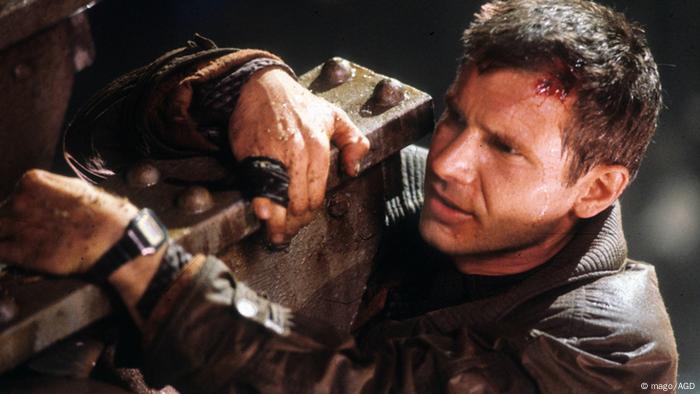 Our top cult strips from the 80s
Our top cult strips from the 80s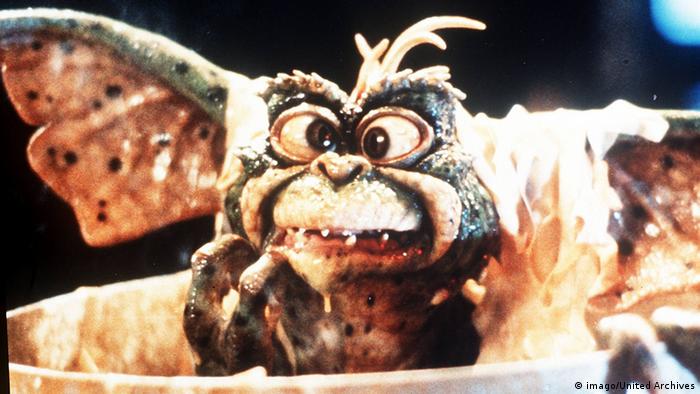 Our top -Cult strips from the 80s
Our top -Cult strips from the 80s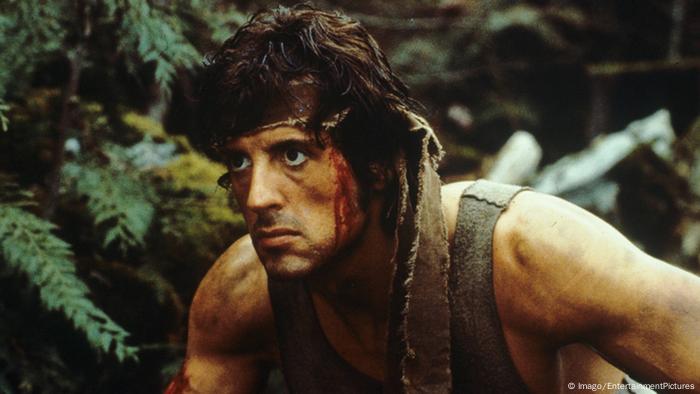 Our top cult strips from the 80s
Our top cult strips from the 80s Our top cult films from the 80s
Our top cult films from the 80s